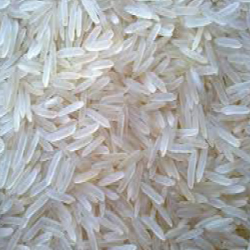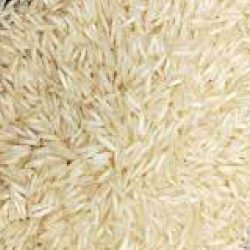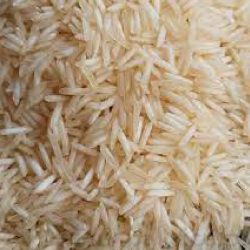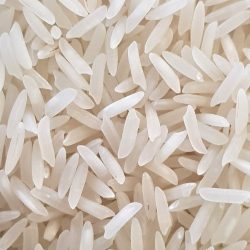Rice
Rice, a global staple, sustains a significant portion of the world’s population, especially in Asia. Diverse varieties like Basmati and Jasmine are cultivated in flooded paddies by major producers including China, India, Pakistan, Indonesia, Bangladesh, and Vietnam
Rice, a global staple, sustains a significant portion of the world’s population, especially in Asia. Diverse varieties like Basmati and Jasmine are cultivated in flooded paddies by major producers including China, India, Pakistan, Indonesia, Bangladesh, and Vietnam. Nutritionally rich, rice provides energy, protein, and essential nutrients, with brown rice offering added benefits. Its versatility shines in dishes like pilaf, sushi, and paella. Despite challenges such as water scarcity and climate change, rice, with cultural significance and global trade, remains crucial for global food security and a dietary staple for billions.
- Pakistan is widely recognized for producing high-quality rice, making a significant impact in the global rice market. The country's primary rice exports encompass two major categories: Basmati and non-Basmati rice. Our exports include premium white Basmati rice, non-Basmati rice, and parboiled Sella Basmati rice, all sourced from Pakistan. These exports are efficiently managed through our trustworthy rice mills and storage facilities, providing a diverse range of rice varieties.
- Our committed logistics team ensures punctual delivery and secure transportation, taking careful measures in the packaging of both Basmati and non-Basmati rice for export. These considerations are aimed at preserving the quality of the rice throughout the transportation process.

Basmati Rice
Known for long grains, distinctive aroma, and a fluffy texture when cooked.
Various Basmati rice varieties, such as Super Basmati, Basmati 386, and Basmati 1121, each offering a unique flavour profile.
Widely used in South Asian and Middle Eastern cuisines, especially in dishes like biryani, pulao, and pilaf.
Non-Basmati Rice
Encompassing both white and parboiled varieties, known for versatility and suitability for various cooking methods.
Common non-Basmati rice types include IRRI-6, IRRI-9, and PK-386.
Used globally in a diverse range of dishes, preferred for everyday meals.
- Pakistani rice, particularly the renowned Basmati variety, is celebrated for its premium quality, long grains, and enticing aroma. This staple export contributes significantly to Pakistan's agricultural exports, making it a preferred choice in kitchens worldwide.
Basmati Rice
International Export Packaging
We strictly adhere to international packaging standards and regulations, carefully taking into account the specific requirements of the target market. Recognizing the pivotal role of the packaging process, we ensure it plays a crucial role in preserving the quality and marketability of rice throughout its journey from the mill to the importer. We ensure Both Basmati and non-Basmati rice should undergo quality control measures before packaging to ensure adherence to international standards.
Basmati Rice Export Packing
Basmati rice is often packed in high-quality, moisture-resistant bags to preserve its aroma and prevent contamination. Common materials include polypropylene or jute bags.
Bags are typically available in various sizes, commonly ranging from 5 kg to 50 kg, depending on customer preferences and market demands.
Packaging may include relevant certifications, such as organic or fair-trade certifications, to meet the requirements of specific markets.
Basmati rice packages often include branding labels indicating the specific variety, grade, and any certifications related to quality standards.
The bags are securely sealed to prevent moisture and pests from affecting the rice during transit.
For bulk shipments, bags of Basmati rice may be palletized to facilitate handling and transportation.
Non-Basmati Rice Export Packing
Similar to Basmati, non-Basmati rice is often packed in durable bags made of materials like polypropylene or jute.
Non-Basmati rice is available in various bag sizes, ranging from smaller consumer packs to larger bulk packs for commercial use.
Packaging may include relevant certifications, such as organic or fair-trade certifications, to meet the requirements of specific markets.
Packaging may include clear labelling indicating the rice type, grade, and origin. Nutritional information and cooking instructions may also be provided.
Proper sealing is crucial to maintain the quality of non-Basmati rice during shipping and storage.
For bulk exports, non-Basmati rice may be packed in containers or in bulk vessels, depending on the scale of the shipment.





